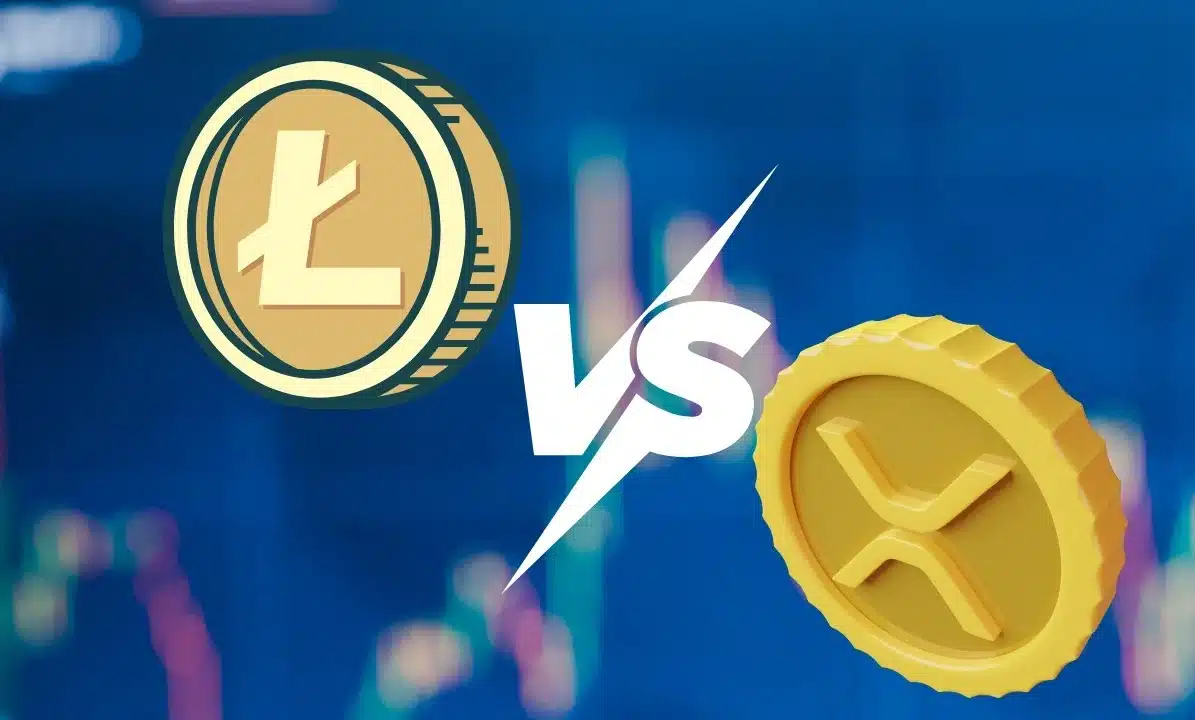Ethereum Foundation Comes Out Of Hiding With Brand New Token, Here’s What It Does
The Ethereum ecosystem has witnessed a surprising development with the introduction of a new token called BETH (Burned ETH Token). This token, which was recently launched by the Ethereum Community Foundation, is an attempt to reshape how Ethereum’s burn mechanics are understood and applied.
Instead of the invisible process of ETH being destroyed under EIP-1559, BETH was created to give the act of burning Ethereum a tangible and trackable form.
BETH Makes Burned ETH Visible
Under existing Ethereum mechanics, notably EIP‑1559, portions of ETH, such as transaction fees, are destroyed without leaving a trace, serving only to emphasize scarcity. However, ECF’s new BETH changes that. According to the ECF website, BETH is designed to capture and formalize the concept of proof of burn.
When users send ETH to the designated contract, it forwards the funds to an irretrievable burn address and also mints an equivalent amount of BETH on a 1:1 basis. The result is that each BETH token functions as a transparent, audit-ready receipt for ETH that has truly been removed from circulation. This means that the more BETH tokens created, the more the number of ETH that have been permanently removed from circulation.
Taking to the social media platform X, ECF founder Zak Cole likens BETH to WETH: “BETH is to burned ETH what WETH is to wrapped ETH.” Just as WETH is Ether for smart contracts, BETH standardizes burned ETH, making it usable as a building block for new mechanics, such as burn‑based voting, auctions defined by irreversible token destruction, and even expiring namespaces that require ongoing burn activity to remain active.
Despite its potential use cases, BETH is only a token that signifies the burn activity of users. As such, Zak Cole noted that BETH is meant strictly as a receipt and should not be treated as a token with inherent value. Nonetheless, it is easy to argue that turning burned ETH into a token might undercut the point of burning altogether
Ethereum’s Burn Mechanics
ETH burning on the Ethereum blockchain officially began on August 5, 2021, with the activation of the London hard fork. That upgrade introduced EIP-1559 (Ethereum Improvement Proposal 1559), which fundamentally changed Ethereum’s fee mechanism. Instead of all transaction fees going directly to miners, the base fee for each transaction started being burned and permanently removed from circulation.
According to data from Ultrasound Money, the total ETH burned from the London hard fork to date is approximately 4.612 million ETH. At the same time, about 8.431 million ETH have been issued since then, meaning the ETH circulating supply has grown by 3.819 million ETH.
Ethereum’s transition from Proof-of-Work to Proof-of-Stake in September 2022 helped slow issuance dramatically, and deflation is a more realistic long-term scenario if demand is strong.
At the time of writing, 0.339 BETH have been created, according to data from Etherscan.
Vous aimerez peut-être aussi

Embedded Gen AI: Smarter Predictive Maintenance Apps for Manufacturing

Crypto War Continues: Ripple (XRP) CTO Claps Back at Litecoin
